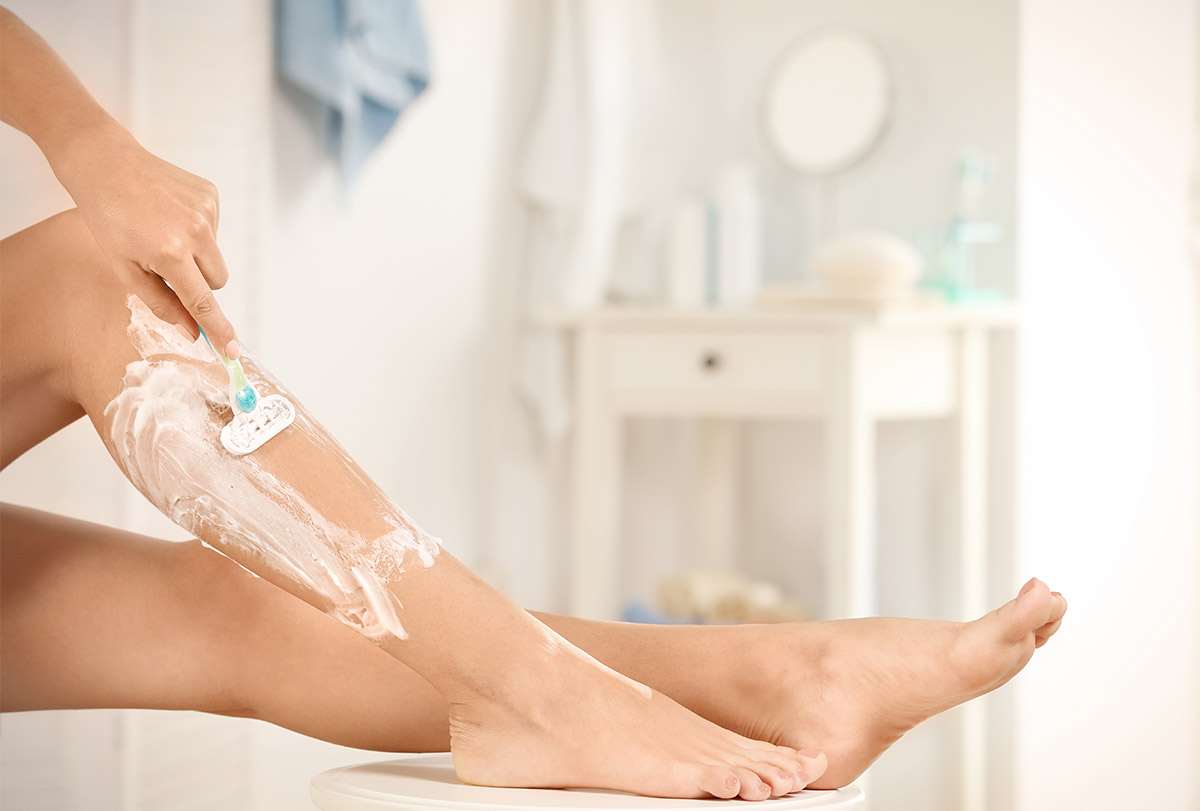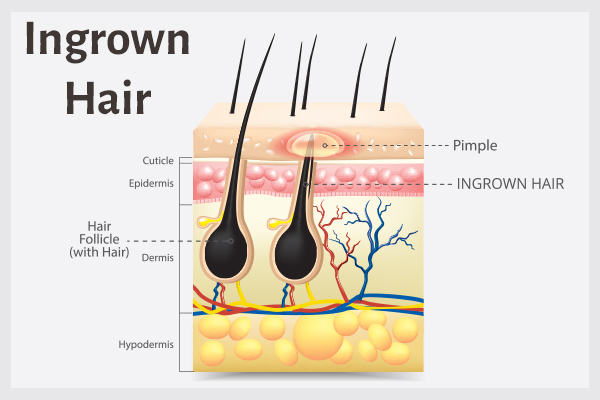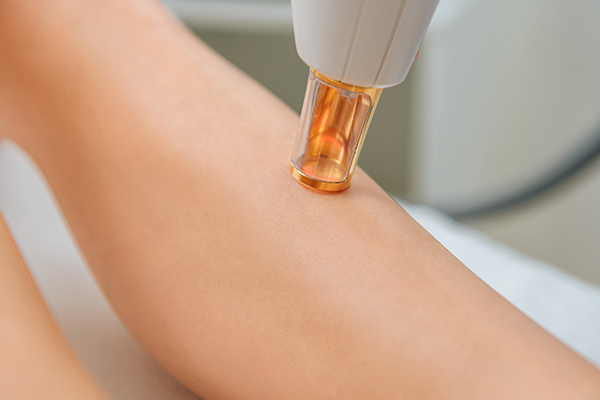In this article:
Ingrown hair, razor bumps, or pseudofolliculitis barbae is a common problem among people with curly hair, especially African Americans. (1)(2) Ingrown hair refers to a strand of hair that grows back or curls into the skin surface, often penetrating the skin with the tip.

As the hair reenters the skin, the body treats it as a foreign body and generates an immune reaction, leading to inflammation. This can cause tiny bumps on the skin surface and can become a source of pain.
It is common to develop ingrown hair after shaving, waxing, tweezing, or other forms of hair removal. The inflamed spots are commonly known as razor bumps.
Where Does Ingrown Hair Appear?
Ingrown hair is usually found in areas of the body that have been recently shaved, including:
- Legs
- Chest
- Chin and cheeks
- Neck
- Scalp (3)
- Armpits
- Pubic area
Causes of Ingrown Hair

Ingrown hair generally develops after shaving or cutting, as the cut hair can sometimes curl back into the skin. This property of hair is determined by various factors, including the direction of the hair growth and hair structure.
The following may also contribute to the development of ingrown hair:
- Tweezing. Tweezing your hair strands can leave a fragment of the hair under the skin, which may curl and grow within the skin.
- Shaving incorrectly. Shaving your hair in the direction opposite to the growth or holding your skin taut while shaving can increase the chances of ingrown hair.
- Wearing tight clothes. Tight clothes can rub against your shaved hair, causing friction.
- High testosterone levels. High levels of testosterone stimulate excessive hair growth, increasing the chances of ingrown hair.
Symptoms of Ingrown Hair
Ingrown hair can be characterized by the following signs and symptoms:
- Small round bumps known as papules (4)
- Pus-filled lesions known as pustules (4)
- Boil-like sores
- Visible hair under the skin surface
- Discomfort
- Itching
- Hyperpigmentation (4)
Ingrown Hair Treatment

It is best to take self-care measures to avoid ingrown hair in the first place. However, if you have multiple ingrown hairs, it is best to consult a dermatologist, as removing ingrown hair at home can lead to infections.
The doctor may recommend the following:
1. Avoid hair removal
Refrain from shaving, waxing, or tweezing until the problem is resolved, which can usually take up to 6 months.
2. Laser treatment
Lasers are used to remove the hair from deeper levels and inhibit its regrowth. (5) Studies showed that the use of Q-switched Nd:YAG laser is an effective treatment for ingrown hair. (6)(7) However, if you have sensitive skin, opt for other treatments, as laser may cause scars, blisters, and hyperpigmentation.
3. Depilatory creams
You can use depilatory creams, which dissolve the hair to remove facial hair. (8)(9) Always conduct a patch test before using any cream on your face to check for irritation or allergy.
4. Incision
The doctor may make a small cut to release the hair if it is troublesome or infectious.
5. Retinoid
Retinoid-containing creams may be prescribed to help thin out the surface skin layer and prevent dead skin cell buildup, both of which can block the hair follicles and cause ingrown hair. Moreover, retinoid improves discoloration, if any.
6. Steroid
Steroid creams can help control the inflammation on your skin.
7. Antibiotics
If the ingrown hair is infected, you may be prescribed a short antibiotic course. This may be replaced with stronger antibiotics with anti-inflammatory effects if the infection is severe.
Diagnosing Ingrown Hair
Ingrown hair can be easily identified with a simple physical examination.
The doctor may also inquire about your skin care routine to know your shaving and other hair-removal habits, through which he can determine the reason behind your ingrown hair problem.
In rare cases, the doctor may order blood tests to determine your testosterone levels.
Complications Associated With Ingrown Hair

A severe, prolonged problem of ingrown hair can result in:
- Bacterial infection
- Skin darkening
- Scars or keloids
- Razor bumps, known as pseudofolliculitis barbae (10)
When to See a Doctor
It is suggested to consult a doctor if:
- The ingrown hair is causing pain, swelling, or redness.
- You have fever or are feeling ill.
- A pimple or boil develops around the ingrown hair.
Final Word
Ingrown hair is a common problem that can occur due to multiple reasons, including shaving, irritation, or even the curly nature of hair.
It is vital to refrain from plucking ingrown hair as this can lead to infections and abscesses. Instead, consult a doctor and get appropriate treatment. Consult your doctor on different self-care measures that can help prevent and manage the problem of ingrown hair.

- Was this article helpful?
- YES, THANKS!NOT REALLY


